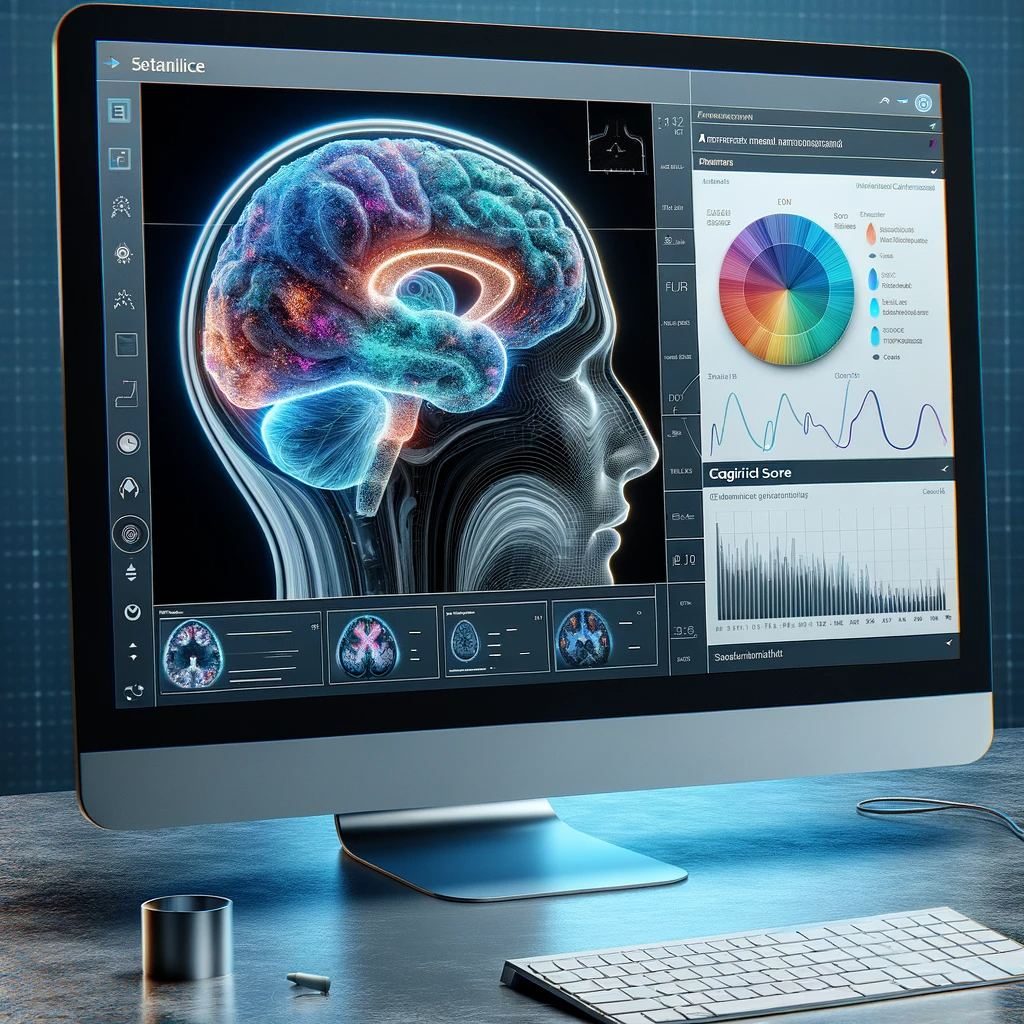Scientists and conservationists are celebrating a significant breakthrough in tracking and monitoring British wildlife using advanced artificial intelligence (AI) technology. Researchers have successfully identified numerous species and tracked their movements across various sites by deploying arrays of AI-controlled robots with cameras and microphones. This innovative approach is expected to address the pressing issue of declining biodiversity in Britain.
The revolutionary technology involves robot monitors equipped with AI-controlled cameras and microphones. These monitors have been tested at three different sites, where they autonomously capture sounds and images, later processed by computers to identify specific species and map their locations. The system was able to recognize a diverse array of species, including various birds identified through their songs, as well as mammals like foxes, deer, hedgehogs, and bats, all identified through AI analysis. Importantly, no human observers were involved in the process.
The scale of the operation is considered a crucial factor in the success of this technology. According to Anthony Dancer, a conservation specialist at the Zoological Society of London (ZSL), the project captured massive amounts of data, including tens of thousands of data files and thousands of hours of audio recordings. This scale would have been impractical to achieve using human observers alone, highlighting the role of AI in enabling such comprehensive wildlife monitoring.
The AI-controlled robots
To demonstrate the capabilities of AI-controlled robots in wildlife tracking, the researchers selected three sites alongside rail lines in London: Barnes, Twickenham, and Lewisham. These sites, owned by Network Rail, provided relatively undisturbed and wild areas for testing. The AI-monitored cameras and microphones captured a wealth of data from these sites, enabling AI algorithms to identify and track various species.
Network Rail, responsible for over 52,000 hectares of land, is significant in preserving the nation’s biodiversity. The AI monitoring technology has detected several species, including birds like the Eurasian blackcap, blackbird, and great tit. These species indicate healthy environments and provide benchmarks for measuring future biodiversity.
Enhancing conservation efforts
The AI monitors also identified several bat species, including the common pipistrelle, which is known to use railway bridges for roosting. Detailed information about bat roost locations can aid in their protection. Previously, estimating local wildlife populations often relied on deceased animals found near rail tracks or roadsides. AI technology provides more accurate population size estimates and aids in conservation planning.
The project’s findings also shed light on the challenges hedgehogs face confined to certain locations due to fencing. In Scotland, efforts are underway to create “hedgehog highways” on rail lines by incorporating small holes in new fencing that allow hedgehogs to pass through while preventing larger animals from entering.
Expanding the use of AI monitoring
Following the success of the initial tests, ZSL and Network Rail plan to expand the application of AI monitoring technology to other areas. The Chobham area in Surrey and the New Forest are among the potential expansion sites. The primary objective is to survey wildlife on Network Rail land and monitor species movements in response to climate change. This information will inform better vegetation management alongside rail lines, road verges, and other locations.
Crucially, machine learning, powered by AI, will play a pivotal role in safeguarding biodiversity as climate change accelerates. The volume of data, including thousands of hours of recordings and images, necessitates computational analysis that only computers can handle effectively.
The Guardian stands out as an independent news source in a world where media ownership is often concentrated among a few powerful entities. Without billionaire owners or shareholders to influence its content, The Guardian focuses on serving the public interest and delivering unfiltered news. Reader support enables The Guardian to provide paywall-free journalism, ensuring accessibility for all readers.
The breakthrough in wildlife tracking using AI technology marks a significant step forward in conservation efforts. By harnessing the capabilities of AI-controlled cameras and microphones, researchers have achieved comprehensive and scalable wildlife monitoring, demonstrating its potential for preserving biodiversity and adapting to changing environmental conditions.





